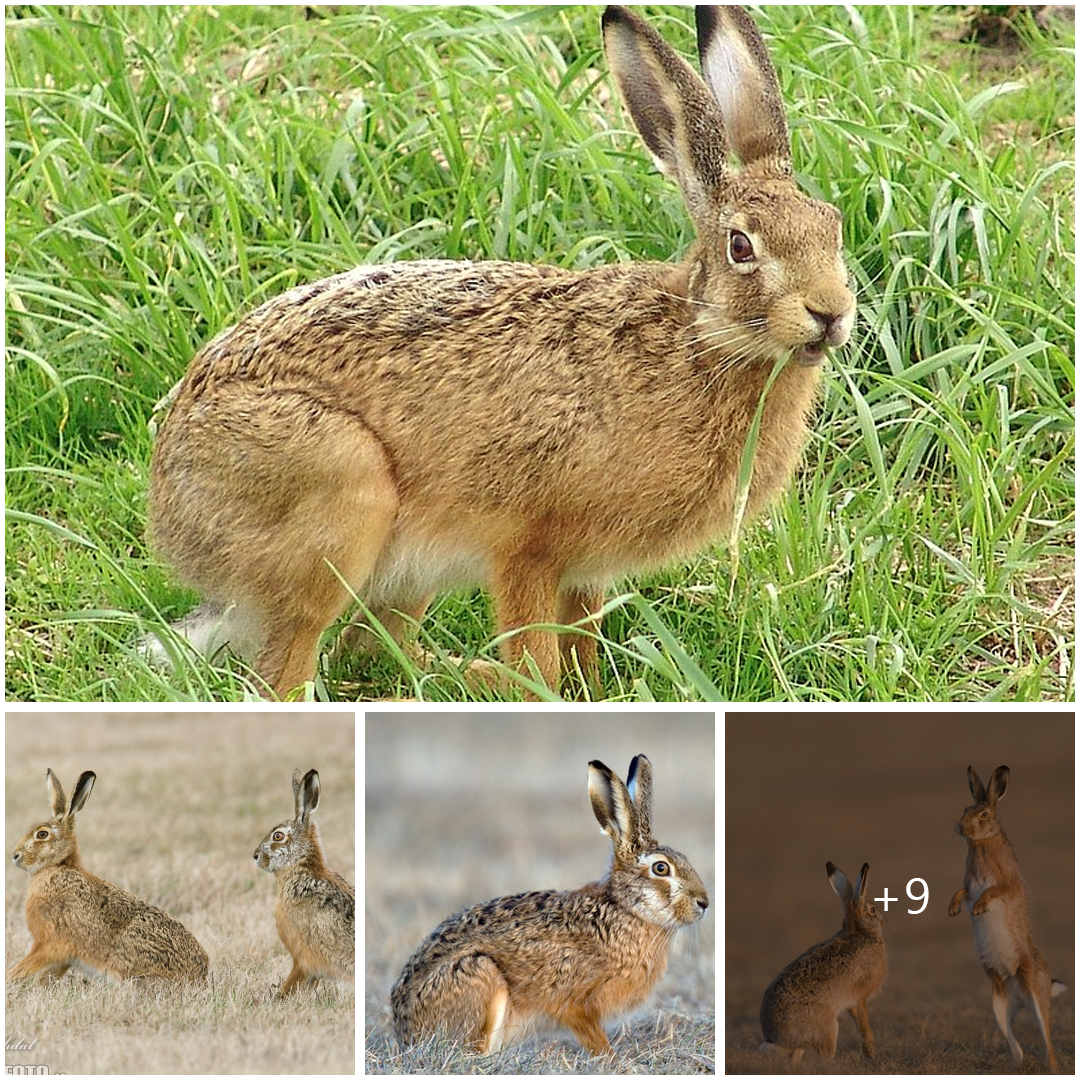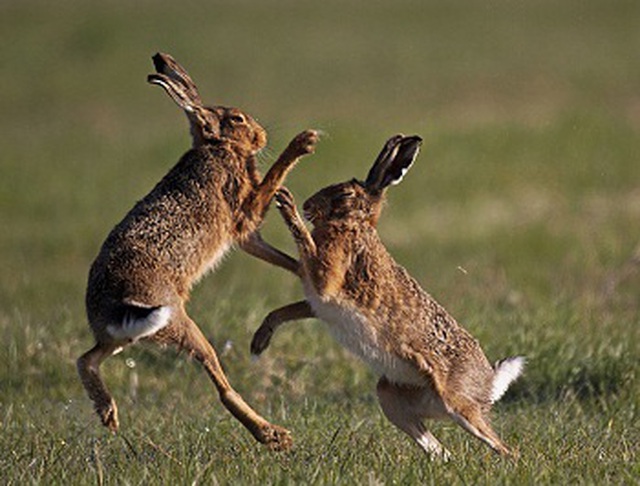
European Forest Rabbits: Guardians of Woodland Biodiversity
In the verdant forests of Europe, amidst the rustling leaves and dappled sunlight, dwells a creature of charm and agility – the European Forest Rabbit. With its soft fur and twitching nose, this small mammal plays a significant role in the delicate balance of woodland ecosystems and captures the imagination of nature enthusiasts across the continent.
Natural Habitat: The European Forest Rabbit, scientifically known as Oryctolagus cuniculus, thrives in a variety of forested habitats, including deciduous woodlands, coniferous forests, and mixed scrublands. Here, among the fallen leaves and tangled undergrowth, these elusive creatures find shelter, build burrows, and forage for sustenance.
Adaptations and Behavior: Equipped with keen senses and powerful hind legs, European Forest Rabbits are adept at navigating their woodland homes. Their fur, ranging in shades from brown to gray, provides camouflage against the forest floor, while their sensitive ears detect the slightest rustle of leaves or approaching predators. These rabbits are primarily crepuscular, meaning they are most active during dawn and dusk, when the forest comes alive with activity.

Role in Ecosystems: As herbivores, European Forest Rabbits play a crucial role in shaping woodland ecosystems. Their grazing activities help maintain the balance of plant communities, preventing the dominance of certain species and promoting biodiversity. Additionally, their burrowing behavior aerates the soil and creates habitat niches for other forest-dwelling creatures, such as insects and small mammals.
Conservation Concerns: Despite their ecological importance, European Forest Rabbits face numerous threats to their survival. Habitat loss and fragmentation, predation by introduced species, such as foxes and domestic cats, and diseases, such as myxomatosis, have all taken a toll on rabbit populations across Europe. Conservation efforts focused on habitat preservation, predator management, and disease control are crucial for ensuring the long-term viability of these enchanting creatures.
Human Interaction: Throughout history, European Forest Rabbits have held a place in human culture and folklore. Revered for their fertility and agility, they have been depicted in art, literature, and mythology as symbols of vitality and cunning. Today, they continue to enchant and inspire, drawing visitors to forests and nature reserves where they can catch a glimpse of these elusive inhabitants.
Conclusion: In the intricate tapestry of Europe’s woodlands, the European Forest Rabbit emerges as a symbol of resilience, adaptability, and natural beauty. Through its presence, it reminds us of the interconnectedness of all living things and the importance of preserving the rich biodiversity of our forests for future generations to cherish and enjoy.





